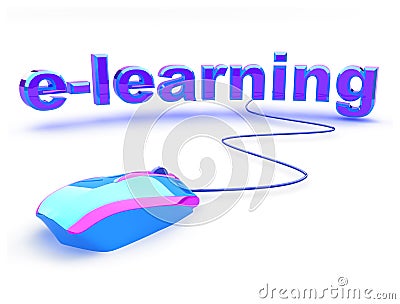1) E-COMMERCE
What u guys understand with this subtopic? Let me explain what it is mean. It is a business that is conducted over the Internet using any of the applicationa that rely on the Internet. Also includes:
Plus, there are some types of e-commerce which is:
- Business to Business (B2B)
B2B ecommerce transactions are those where both the transacting parties are businesses - Business to Consumer (B2C)
When businesses sell electronically to end-consumers, it is called B2C ecommerce. - Consumer to Consumer (C2C)
Transactions were virtually non-existent in recent times until the advent of ecommerce
Next, let see the example of e-commerce. It is very interesting!
electronic payment
2) E-BANKING
Online banking or Internet banking allows customers of a financial institution to conduct financial transactions on a secure website operated by the institution, which can be a retail or virtual bank, credit union or building society. E-banking also have common features which consist:-
viewing account balances
- viewing recent transactions
- downloading bank statement
- viewing images of paid cheques
- ordering cheques books
- ordering cheque books
- funds transfers between the customer's linked accounts
- paying third parties, including bill
- investment purchase or sale
- loan applications and transactions such as repayment of enrollments
- financial institution administration
- management of multiple users having varying levels of authority
- transaction approval process
Online transactions take place at record speed, oftentimes faster than a standart cerdit card transaction or check processing. Plus, online transactions can be monitored, recorded and key logged by a variety of hackers and 3rd parties without the knowlwdge or consent of the user.
The following list provides some tips on how to make sure your transaction is secure:
- use the latest Internet browser
- look for difital certificates
- read the privacy policy
- only use one credit card
- never give out passwords or user ID information online unless you know who are you dealing with
- keep records of all of your Internet transactions
- after you've made purchases online, check your e-mail
- not sharing password
 3) ENTERPRISE WIDE TECHNOLOGIES & METHODOLOGIES
3) ENTERPRISE WIDE TECHNOLOGIES & METHODOLOGIES- Collaboration Key - companies set up smart hubs that are not only used by their own customers, but also interact with other companies sites.
- Breaking barries - allowing constant updates of information related to inventory, product availabilit and shipping status.
- Supercharged Kiosks - the customer could even purchase the TV from the kiosk for later deliver.
- IM's New Role - instant messanging likely will be beefed up to handle everday business processes
- Speeding Things Up - the real-time aspect of future e-commerce technologies will allow users to engage in "threaded discussions" as they negotiate contracts and share data
- On the same page
- Wireless e-commerce - also called mobile commerce or m-commerce











